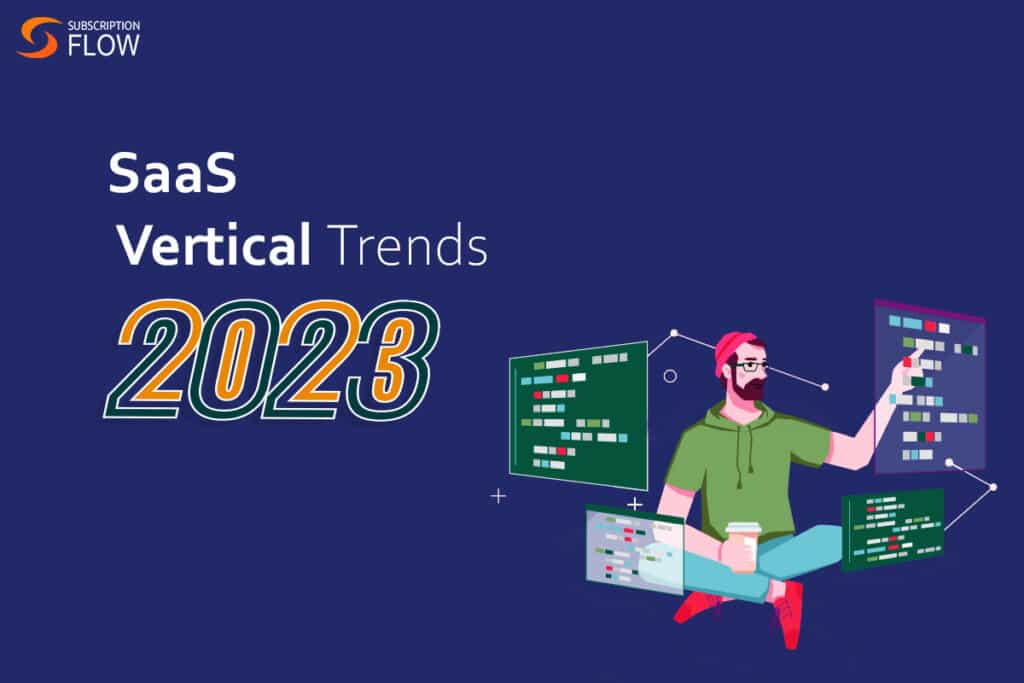In the world of SaaS, vertical SaaS solutions are quickly becoming popular. They allow companies to provide specific services tailored to their niche market and offer an array of benefits that traditional horizontal SaaS solutions cannot. With a wide variety of vertical SaaS options available to clients, it’s essential for those looking to adopt this type of technology in 2023 to be aware of the main trends driving its usage. Let’s look at the key trends likely to shape the future of vertical SaaS over the next few years.
Machine Learning, Artificial Intelligence (AI) & Automation
Machine learning has become an integral part of many vertical SaaS solutions and is expected to continue gaining traction as developers use the technology to optimize performance and customize services. With machine learning capabilities, vertical SaaS solutions can process vast amounts of data to provide insights that help businesses make informed decisions. AI is expected to be the next significant wave of innovation in the vertical SaaS space as businesses leverage different cutting-edge technologies to automate processes and uncover new insights from their data. This trend will likely fuel significant growth over the next few years, with many companies already investing heavily in AI research and development.
Automating processes is another way in which vertical-based SaaS takes advantage of AI and machine learning, allowing companies to streamline operations while cutting costs. Automated workflows are becoming increasingly popular in healthcare, retail, accounting, e-commerce, marketing, finance, and more due to their potential for cost savings and increased efficiency.
Mobility, APIs & Cloud Computing
As mobile devices become increasingly ubiquitous and powerful, mobile platforms such as iOS and Android play an ever-larger role in providing vertical SaaS solutions that allow customers to access and interact with services from any device or location. Application programming interfaces (APIs) have become increasingly popular for businesses looking to build custom vertical SaaS solutions that integrate with existing applications or systems. APIs make it easier for companies to connect their products and services, allowing them to share data in a structured manner and creating new opportunities for collaboration.
Cloud computing has revolutionized how vertical SaaS can be used, providing companies of all sizes with cost-effective access to enterprise-level computing resources on an as-needed basis. This trend is expected to continue as more businesses shift towards cloud-based solutions due to their scalability and flexibility.
Security & Data Integration
Security continues to be a priority for vertical SaaS solutions as hackers and cyber-criminals become increasingly sophisticated in their techniques. Companies are investing heavily in security measures such as two-factor authentication, encryption, multi-layered password protection, and other advanced technologies to protect their data and keep malicious actors out of their systems. With the increasing adoption of vertical SaaS solutions comes the need for improved data integration capabilities. Businesses need to be able to access, store, analyze and securely share data from multiple sources without sacrificing performance or convenience. This trend is expected to drive growth for next-generation data platforms such as Apache Hadoop and MongoDB over the next few years.
Open Source, User Experience (UX) & Big Data
Open source software is becoming increasingly popular for vertical SaaS solutions due to its flexibility and cost-effectiveness. By allowing developers access to the source code, companies can customize their solutions and make changes as needed without having to pay expensive license fees. Businesses focus on providing the best possible user experience with their vertical SaaS solutions as competition grows. This involves designing applications that are easy to use while also being robust enough to meet the needs of a wide variety of users.
With increasing amounts of data generated each day, businesses must be able to analyze this data quickly and efficiently to stay competitive. This is where big data comes into play, allowing businesses to identify trends, uncover insights, and make more informed decisions. Companies are investing heavily in technology to help them leverage the power of big data.
IoT (Internet Of Things) & Analytics
IoT is beginning to play an essential role in developing vertical SaaS solutions. Companies can use connected devices such as sensors and cameras to collect data from their environment, which can then be used for predictive analytics, product optimization, and real-time decision-making. This trend is expected to continue as businesses look for ways to get the most out of their IoT investments. As businesses begin to collect more data from connected devices and other sources, analytics will become an increasingly important part of SaaS verticals solutions. By leveraging advanced analytics tools, companies can gain deeper insights into customer behavior, usage patterns, marketing campaigns, and more – allowing them to optimize their services and make better decisions.
Conclusion
By leveraging the trends mentioned above, businesses can create SaaS solutions tailored to their specific needs while providing customers with an improved experience. By staying on top of the rapidly evolving landscape of vertical SaaS solutions, companies can gain a competitive edge over their rivals and better position themselves for long-term success. With the right investments in technology and people, businesses can use vertical SaaS to drive innovation and growth within their organization.
